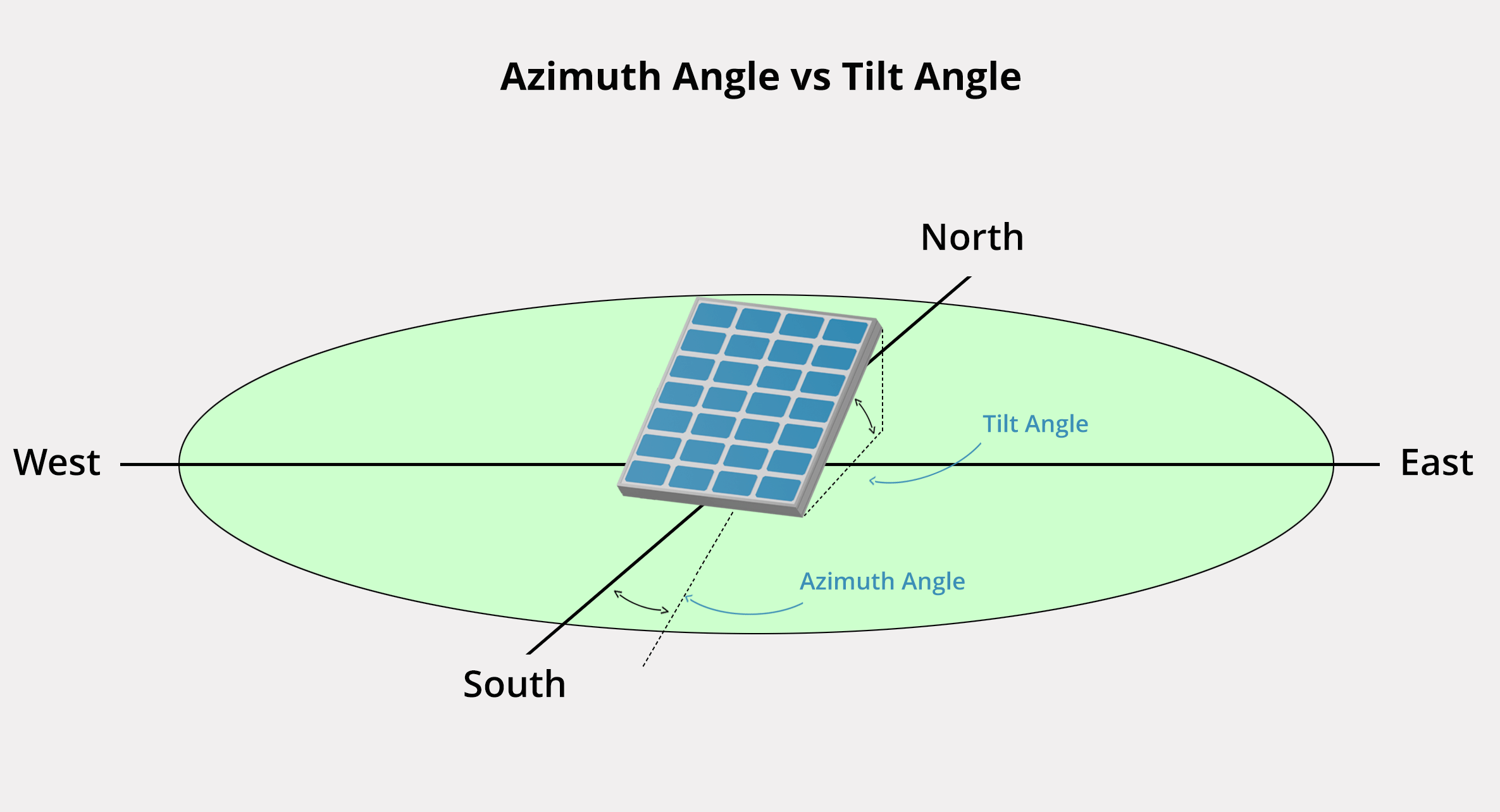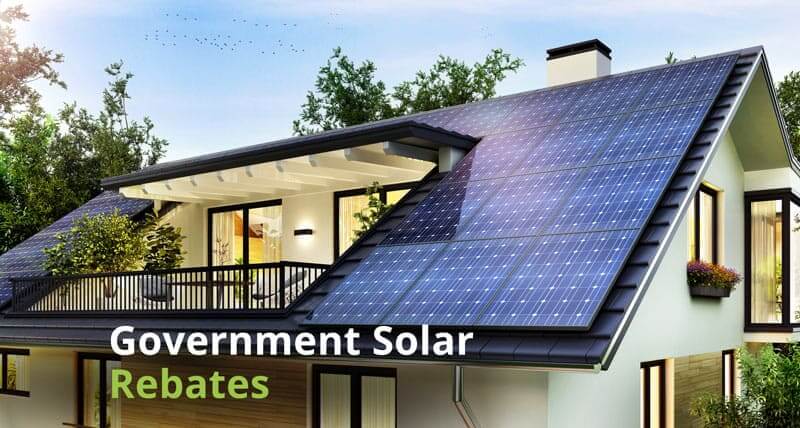Home What Is Azimuth Angle Of Solar Panels?
What Is Azimuth Angle Of Solar Panels?
The azimuth angle is all about the positioning or alignment of a solar panel in relation to where the sun is, basically indicating the direction the panel faces in reference to the sun’s position. This angle is often given in degrees, beginning from the north and proceeding clockwise. For example, if a solar panel boasts an azimuth angle of 180° when measured clockwise starting from the north, it’s facing south.
We can further state that azimuth angle varies from 0° to 360°. When calculating azimuth angles, you must necessarily stand facing north, such that it starts at 0° north. As you turn to your right (i.e. in a clockwise direction) you’ll gradually get to point 90° east, and then south at 180°, west at 270°, and finally return to North at angle 360° ( which is also 0° since you’ve completed the circle).

Table of Contents
ToggleWhat is the Best Azimuth angle for solar Panels?
Solar panels perform at their optimum levels when the sun’s rays meet the panels at a vertical angle (perpendicular angle if you like). So if you live in the Southern Hemisphere (Australia and South Africa, for example), the best possible orientation for your solar panels would be 180° directly true NORTH. Conversely, those in the United States and similar countries in the Northern Hemisphere would get the best from their panels when their solar panels are positioned 180° true south.
What if tall trees or man-made structures make it impractical to achieve this recommended azimuth angle? Don’t panic. You could tweak the orientation away a little bit and still get good results.
Actually a tilt outside true north (or south) up to 45°, will barely impact on power output, perhaps just a decrease of between 1-3%. But beyond that threshold, a marked drop appears: up to 30% drop in output if for example the orientation is up to 90° outside true North or South, depending on your region.
Conclusion
The performance of a photovoltaic (PV) panel is affected chiefly by its azimuth angle and to a lesser extent by its tilt. This is because the azimuth angle determines the amount of solar energy absorbed by the surface of the panels, which in turn determines the amount of power you could harvest from your solar system.
Table of Contents
Toggle




